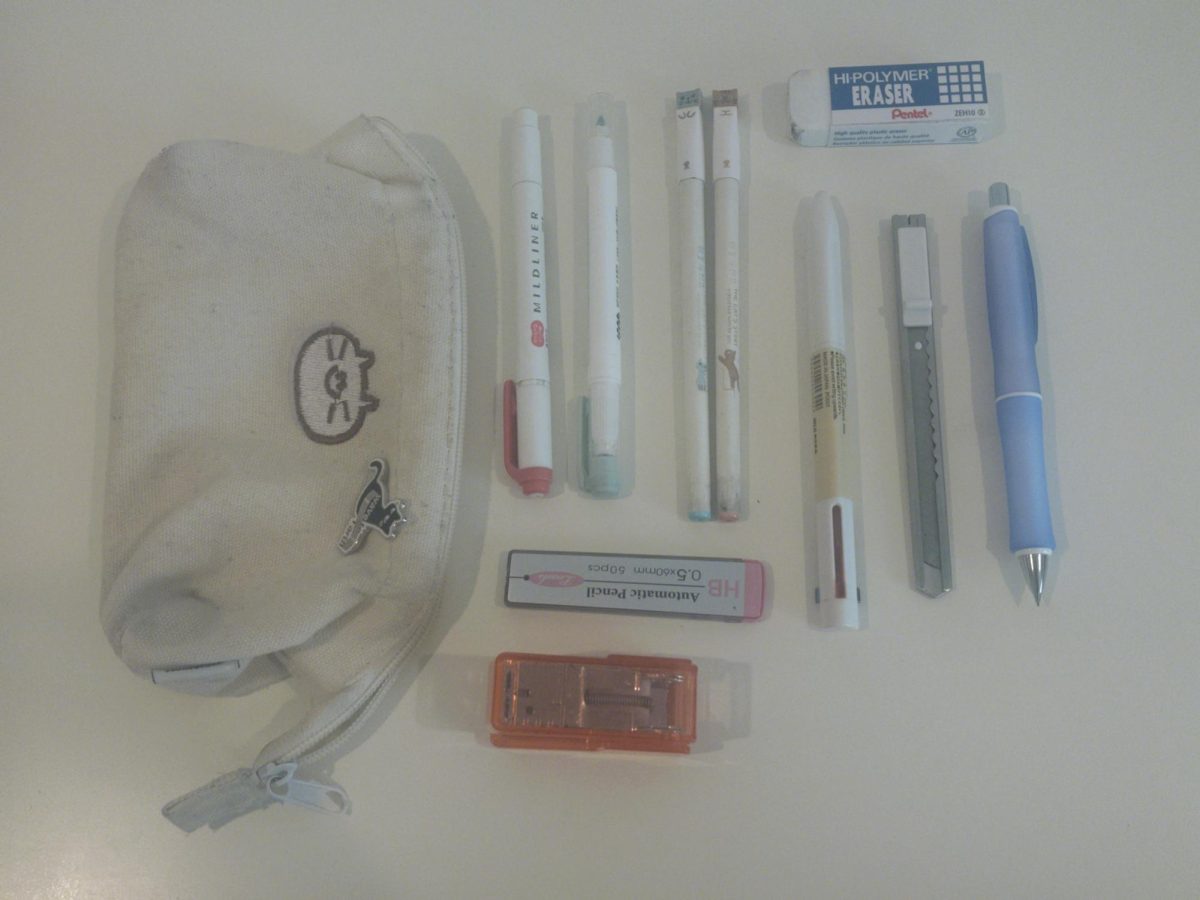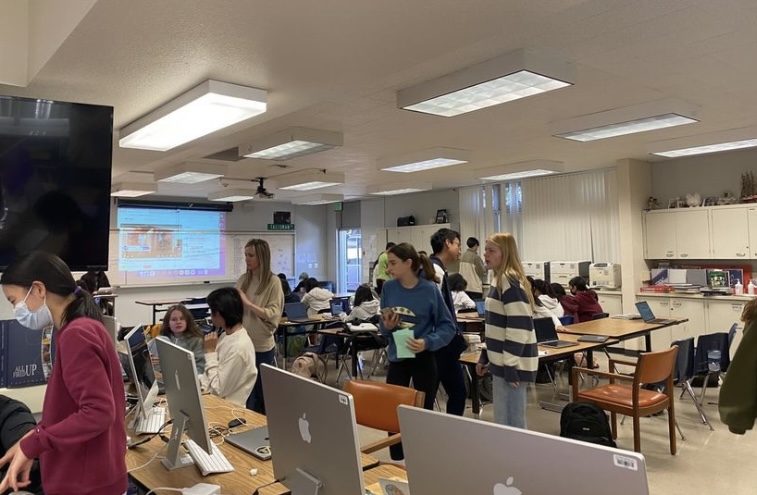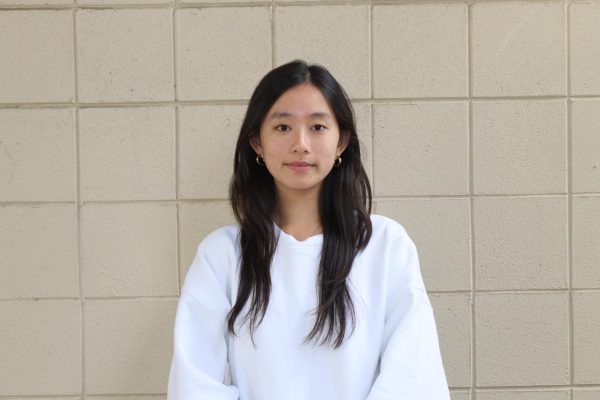Class sizes at the school are much more varied this year than previous years. While some are crowded with over 40 students, other classes function with as few as 13 students.
Viewed from the perspective of students, bigger classes sometimes mean teachers can’t assign as much work.
On the other hand, large classes also mean fewer opportunities for students to speak out and share their thoughts in class and for their teachers to get to know them.
Ultimately, money is one reason class sizes are tough to reduce. Adding another section of a class means spending thousands more annually on teacher salaries and benefits, and adding teachers is hard for the district to justify in a time of declining enrollment.
To save money and balance its budget, the district tries to have classes that aren’t too big and aren’t too small: usually aiming for 28 or fewer. But when those plans and estimates fail and class sizes soar, it leads to more papers to grade and more classroom management issues for teachers. Teachers both Saratoga and Los Gatos have said it is one of their main issues to work on with the district through negotiations.
According to registrar Robert Wise, the average size of an academic class this year is 28 students. However, there are quite a few classes that stray far above and below that number. Currently, Wise said there are 19 classes with 35 or more students, excluding special education, P.E. and performing arts.
This year, the second largest class is the Journalism 1 and Yearbook class, with 42 students in total consisting of students from all four grades.
Yearbook adviser Megan Laws said having such a big class in yearbook caught her off guard at first. In her past years of being a yearbook adviser at her former school, Scotts Valley High, she had classes of 8 to 30 students.
Despite the surprise, Laws said the large number of students means a smaller workload for each student. Having more students also uncovers a lot more opportunities for different types of partner work.
However, she acknowledged that there were drawbacks too. While having a big class reduces the assigned work for each individual student, Laws said it can prevent students from achieving their full potential.
“I think [larger classes] can be great for students who might struggle with assuming a larger role right off the bat, but at the same time, having such a large class could be detrimental to those students who are hoping to get more responsibilities,” Laws said. “There’s just not enough to go around.”
The students in her yearbook class also have mixed feelings about the class size. Sophomore Lucie Le Toquin, who is the Student Life section editor and in her second year on staff, believes the downfall with having a large class is that it is difficult to teach all the freshmen how to do their tasks. However, Le Toquin said that the advantage is that there are more opportunities to find partners for stories and layouts.
While some classes struggle with overcrowding, other classes don’t have enough students to fill half the classroom. According to Wise, there are 30 classes with 20 or fewer students.
French teacher Elaine Haggerty has expressed her liking toward her smaller class sizes. The AP French class currently has only 13 students, which allows her to give her students individual attention.
“Students get more French input and more French conversation, which is really good.” Haggerty said. “If there’s anybody that’s not getting the concepts or having trouble, it’s a lot easier for me to see that.”
Sophomore Nathan Lee, who is in AP French, added that since Haggerty often calls on random students for answers, they get more chances to participate and engage with the class.
While class sizes may continue to vary dramatically in the next few years, students and teachers seem to find ways to cope with each situation.
“Although having a really small number of students can be challenging when it comes to group activities, I’m trying to make the most of what I have,” Lee said.




























